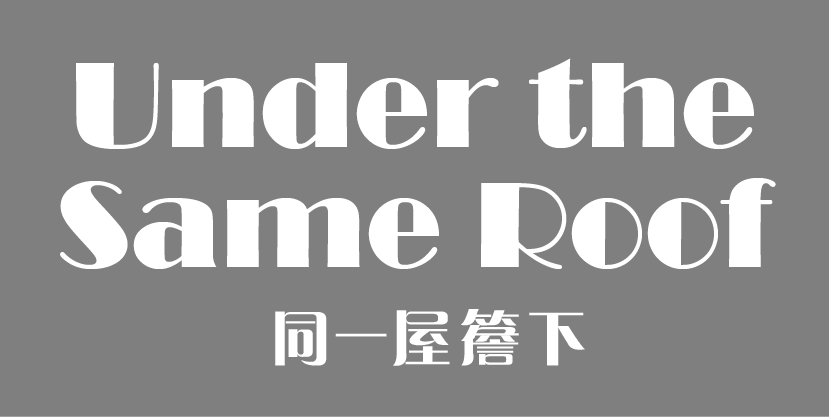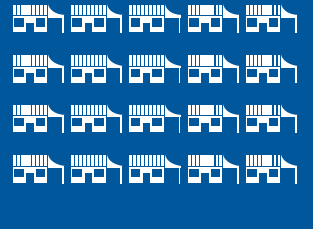|
Under the Same Roof
16 December 2015 - 30 November 2016
|
|
What records tell us...?
There are many interesting anecdotes and detailed accounts that can be found in the records and reports created by the Resettlement Department. What were actually happening in the 1950s? Find out below what people thought about the squatter problems and resettlement development through our selected record materials! |
| The squatter problems |
| From 1945 to early 1950s, the population of Hong Kong expanded from 600,000 to 2,000,000. With limited resources, refugees scavenged simple materials to build huts and settled themselves by roadside or unoccupied lands uphill. These became squatter areas and the number of people living in squatters was estimated to reach 300,000 by the end of 1953.
Overcrowding, poor hygiene, the lack of proper sewage and fire services were just some of the problems of living in the squatter areas. It is not difficult to imagine that public order issues and fire risks had been the major hazards. |
| “…In fact, Li Cheng Uk, and it was in many respects typical of most squatter areas, was a complex and partly self sufficient community. The squatter village had grown up around the old village of the Li Clan, and hidden among the hundreds of illegal wooden huts were old stone houses on private land, some of them dating back to the last century. All the streets and alleyways had names, and every hut had a number. Most of the people were living in two-storey buildings and many were sub-tenants of absentee landlords. Many of the larger huts contained between one and two dozen cubicles, each occupied by a family of four or five persons…”
|
|
|
|
“…Squatters are not resettled simply because they need, or necessarily because they deserve, hygienic and fireproof homes; they are resettled because the community can no longer afford to carry the fire risk, health risk and threat to public order and public prestige which the squatter areas represent, and because the community needs the land of which they are in illegal occupation.”
|
|
|
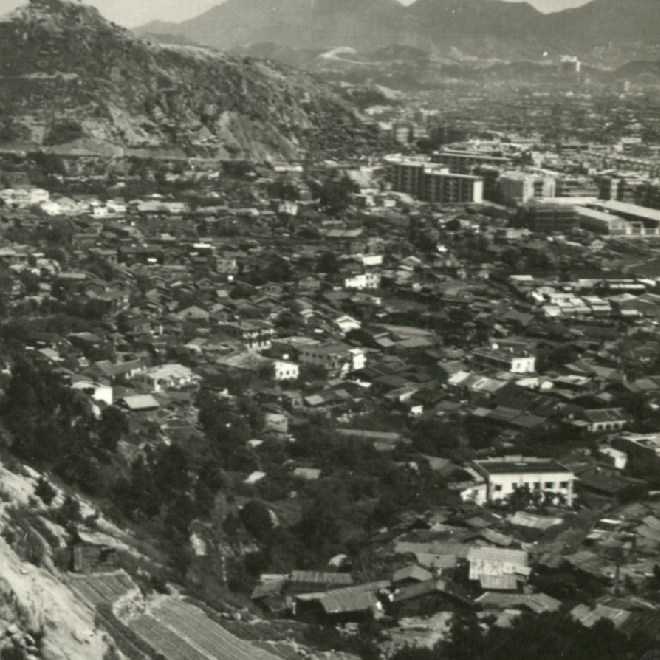 |
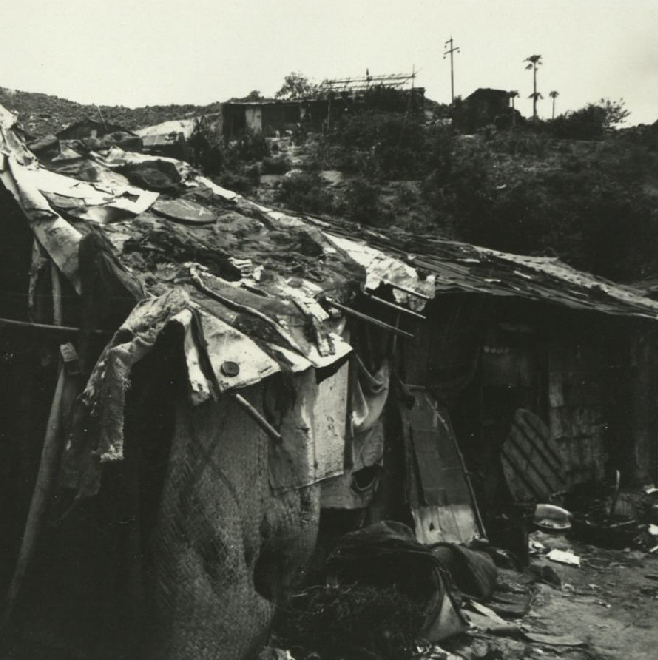 |
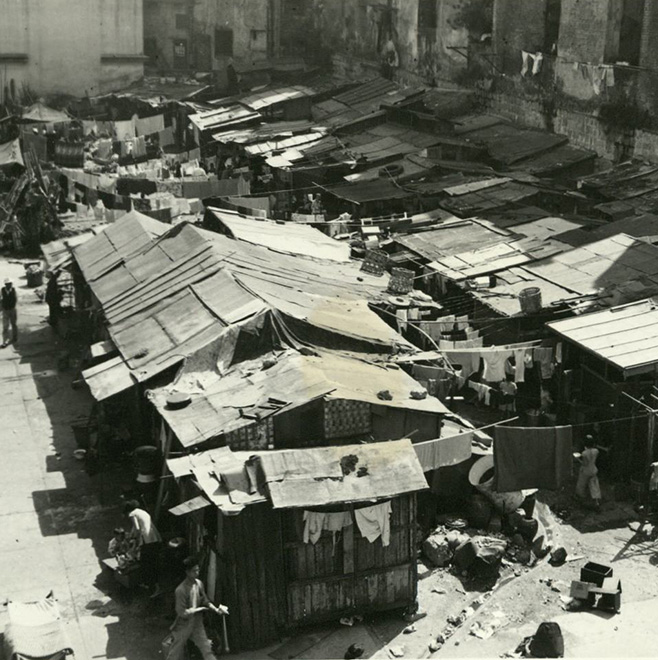 |
|
“…the task was to devise a rapid and practical method, at a cost at least less than prohibitive, of removing, in the interests of the whole community, the fire risk and the threat to public health and public order presented by the worst squatter areas.”
|
|
|
 |
| Squatter areas are far from being “just a jumble of domestic huts” – apart from being a living habitat, business thrived within. There were once over 200 shops and workshops in the Li Cheng Uk squatter area before clearing by the Resettlement Department. Many squatters were creative in making a living out of limited space and resources. |
| Which of these could be found in the Li Cheng Uk squatter area before its demolition? Click below to find out more : |
|
|
|
|
|
|||||
| Pigs? | Temple? | Fire station? | Schools? | Farms? |
| What else could be found in the Li Cheng Uk squatter area before its demolition? There were also… |
||||

Tinsmiths |

Blacksmiths |
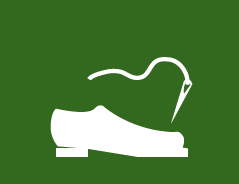
Shoe-makers |

Forges |
|

Eating houses |

Rubber goods factories |

Market |
|
It seems that the Li Cheng Uk squatter area was a ‘complete’ and ‘functional’ community…
and yet all of these structures and facilities were illegal and full of risks! |
| Squatter fires |
| Fires were frequent and devastating in the squatter areas in the 1950s. Series of squatter fires destroyed hundreds of squatter homes. The great fire of Shek Kip Mei at Christmas 1953 alone left more than 50,000 people homeless in one night. |
|
“The fire, assisted by a stiff breeze, spread very rapidly. The first area affected was Pak Tin Upper Village, the greater part of which was completely destroyed. …The fire was brought under control at about 02.30 hours and was finally extinguished at about 04.30 hours…”
“I cannot speak too highly of the work performed by the Fire Brigade during this fire. They showed skill, courage and devotion to duty of a high order. I suggest that we express to the Chief Officer, Fire Brigade, our admiration of the manner in which they carried out their duty.” |
|
|
|
“Fire lane clearances were the most difficult of all because people had to be persuaded to move in order to benefit their neighbours who stayed behind; those involved naturally argued that the fire lanes should have been sited so as just to exclude their own huts.”
|
|
|
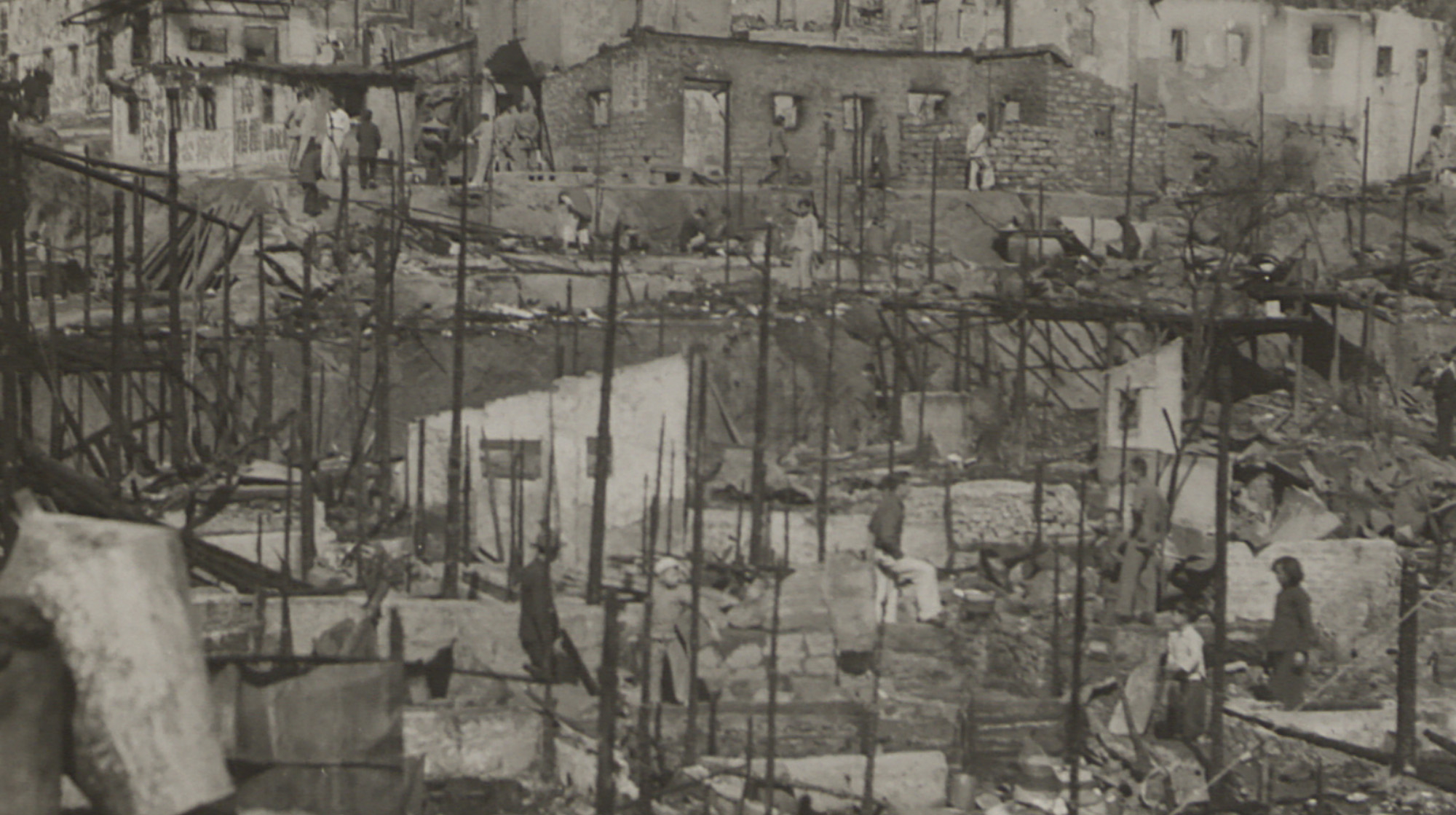 |
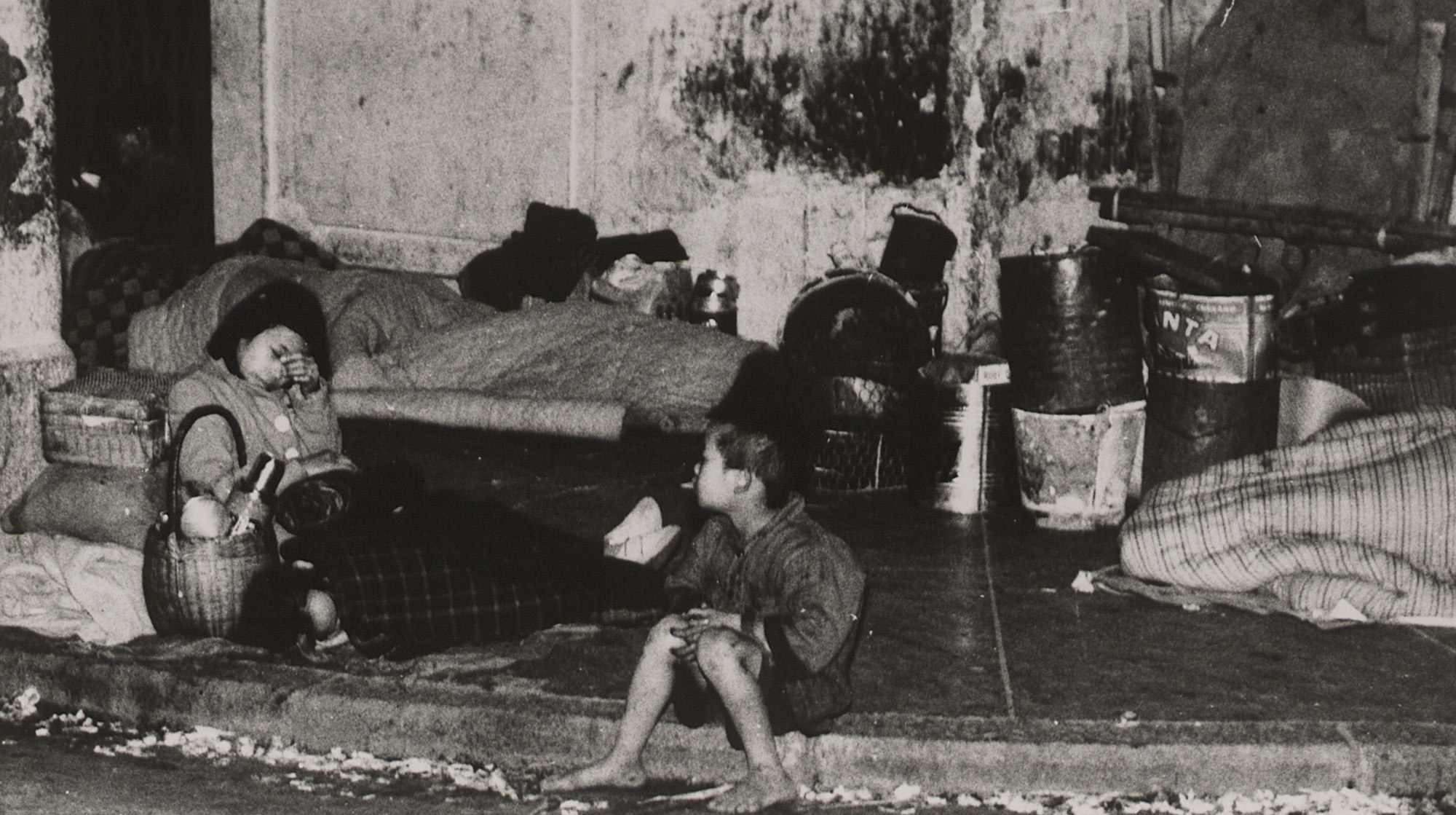 |
|
“…The Shek Kip Mei fire had made it clear to the Government and to the community that the squatter problem must be faced and solved at any cost within reason…”
|
|
|
| Resettlement estates |
| The Resettlement Department was established in 1954. Its major responsibilities included the organisation of resettlement operations, squatter clearance, squatter patrol, and the administration and management of resettlement areas. Government also began the construction of major resettlement estates throughout Hong Kong. These estate communities came with schools, clinics, shops, markets, playgrounds, etc. |
|
“…The largest building constructed during the period under review is situated at Li Cheng Uk near the north end of Tonkin Street, Shamshuipo. It is a seven-storey building and contains eight hundred and forty rooms. Once the piling had been completed this building was finished in about eight weeks. This was the most striking example of the way in which Hong Kong's outstandingly efficient building industry enabled the work of resettlement to move ahead quickly…”
|
|
|
|
“66 huts containing 361 persons (82 families) were cleared from three separate areas along the proposed extension of Tin Hau Temple Road…because the only available resettlement accommodation was in Kowloon, these squatters were ferried across the harbour and resettled in the new Hung Hom Estate.”
|
|
|
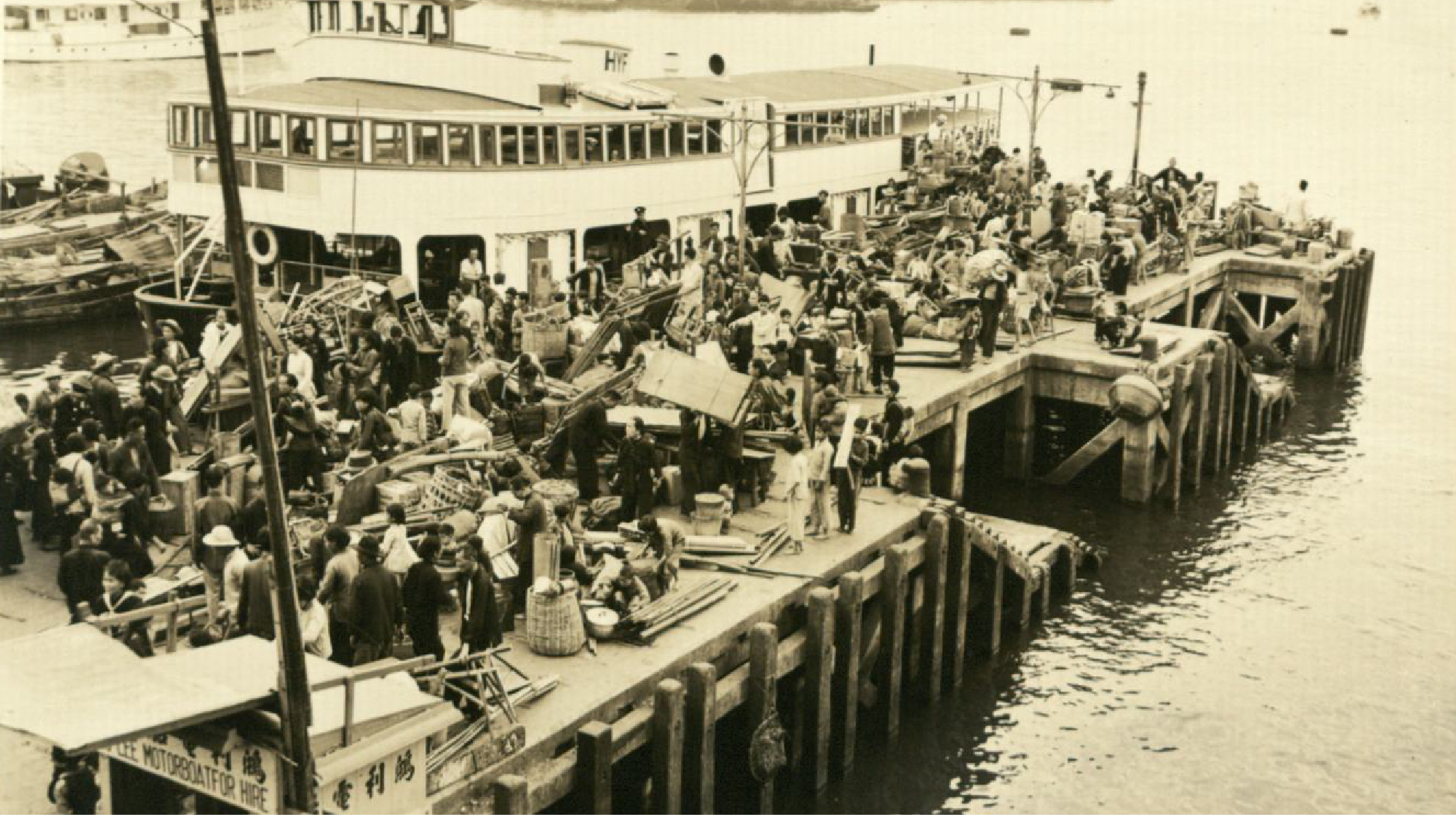 |
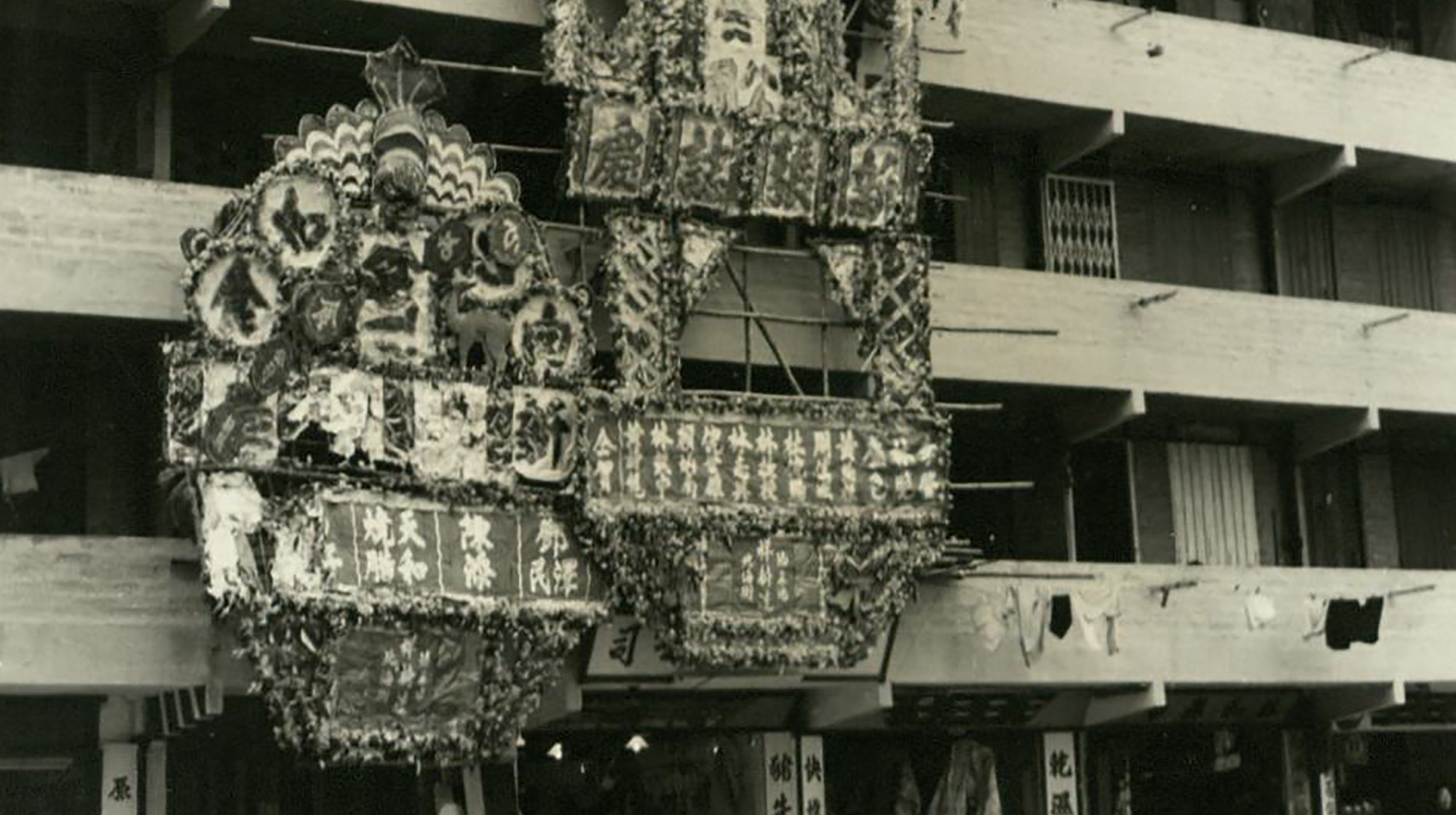 |
|
“70 huts containing 376 persons (77 families) were cleared from the site for a new clinic at Kau U Fong. The families were ferried across the harbour and resettled in Hung Hom Estate.”
|
|
|
|
“…one factor which is favourable, namely the basic characteristics of the Cantonese people. The people are always reasonable, always good-humoured. They may not be educated but they are civilized. The task of educating them to live together in crowded conditions, to pay their rent promptly and gradually to improve their standards of hygiene, their respect for themselves and each other and their pride in the community will be a slow process, but there is reason to hope that it will be a successful process.”
|
|
|
|
“…When a family is about to be cleared from a squatter area the head of the household is told the simple rules which he must obey in his new accommodation. He is asked, for example, to buy a small covered dustbin, he is advised to whitewash his room, he is told what form of partitioning has been found by experience to be most convenient and healthy, and it is made clear to him that he must carry out no trade or handicraft which will be a nuisance or a danger to others…”
|
|
|
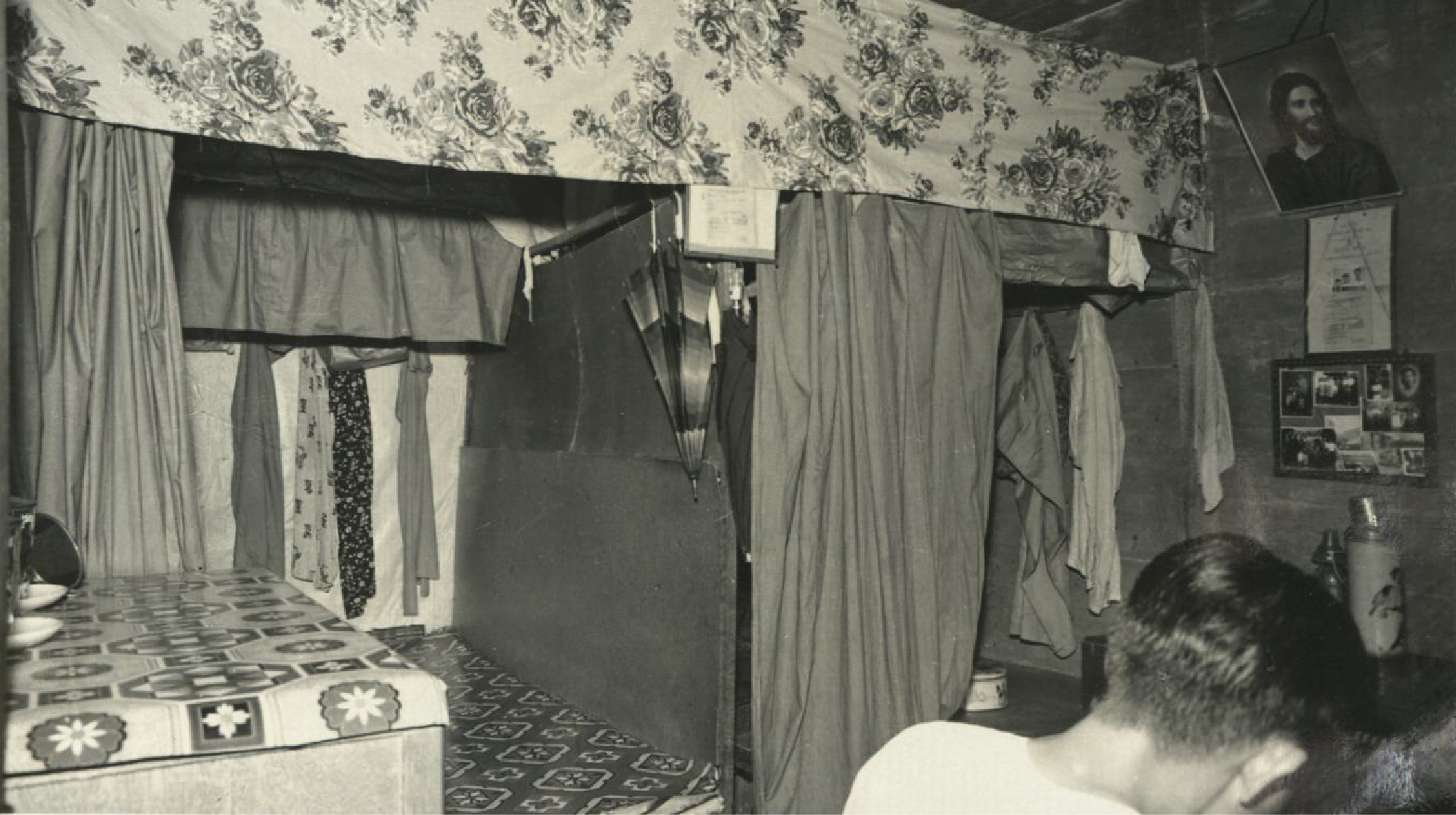 |
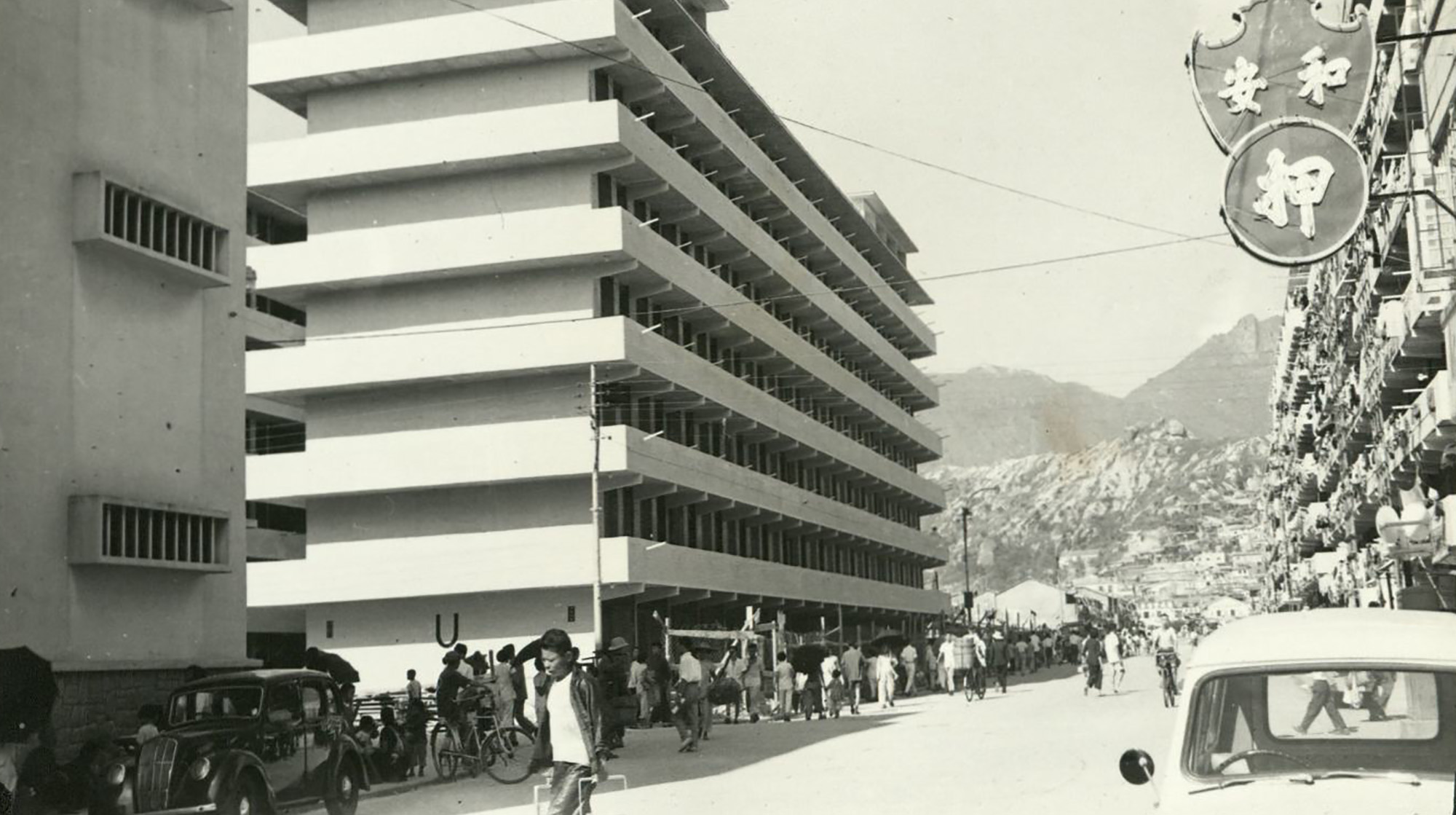 |
|
“…Respect for the law also has to be taught. Everyone knows that it is illegal to deal in opium, but many former squatters seem surprised to learn, for example, that the preparation of cooked food for sale may be carried out only under licence and that such a licence is not to be had unless certain basic rules governing hygiene are complied with.”
|
|
|
|
“…in addition to the 376 shops of various types for which no licence is required there are also 37 restaurants and 14 cafes for which the Urban Council has issued licences. The Council has also agreed to modify its normal requirements in order to permit the licensing of different types of food shop to sell fresh meat, fish, vegetables and fruit. One shop selling fresh meat and fish has been opened on the ground floor of a block in Tai Hang Tung and is doing very good business.”
|
|
|

|
| Resettling hundreds and thousands of squatter families quickly and efficiently was extremely challenging. From the start, the Mobile Resettlement Unit was responsible for this difficult task and had been gaining experience since 1954. |
| These are just some figures to show how efficient the Unit had been at one of their tasks in clearing fire lanes at So Uk Village in Shamshuipo! |
|
|
|
Task
completed in 6 weeks |

|

|
| And how did the Mobile Resettlement Unit carry out this difficult task? | ||||
|
1 
Established temporary |
2 
Registered family |
3 
Allocated |
4 
Photographed |
|
|
5 
Collected Crown |
6 
Arranged transportation |

Owners voluntarily |
||
|
Copyright @ 2015 Government Records Service. All Rights Reserved.
Last revision date: 16/12/2015 This site is best viewed with: Chrome 44 or Firefox 40 or IE 9 or above. |

